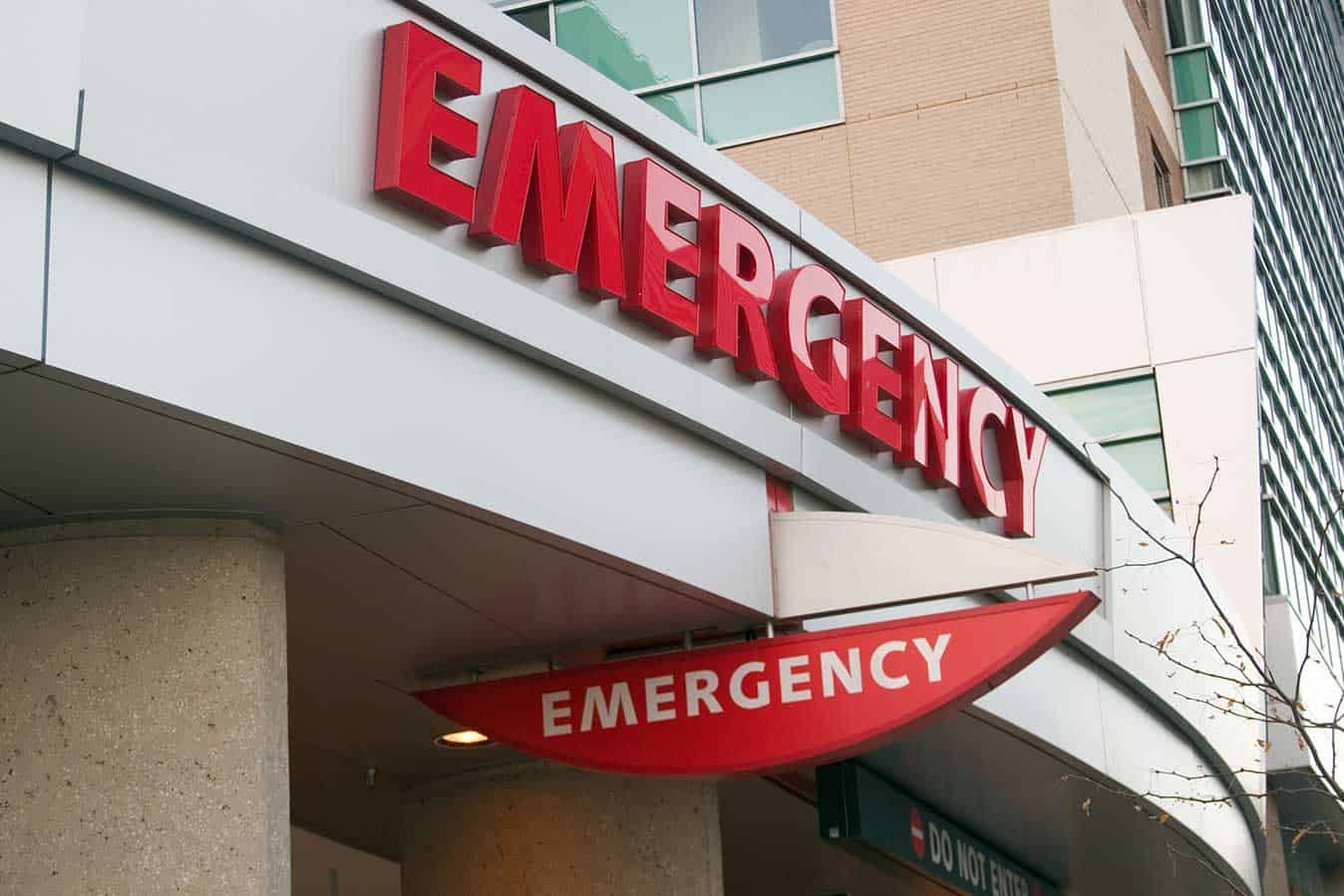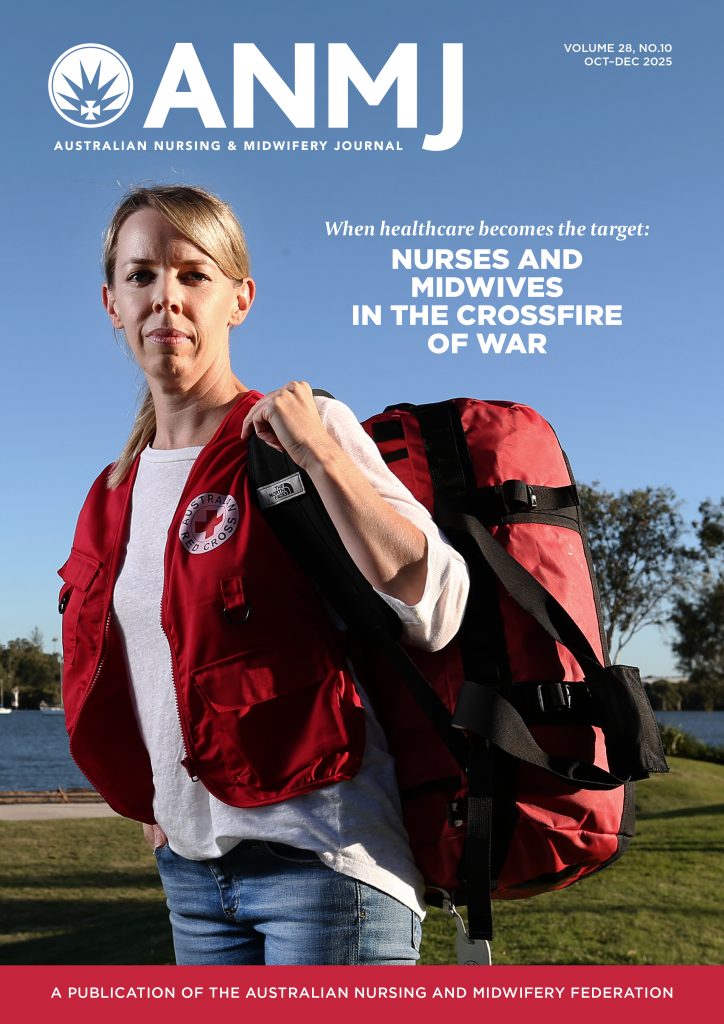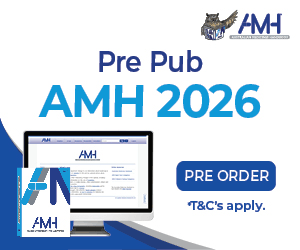After a decline in the early months of the COVID-19 pandemic, presentations to public hospital emergency departments rebounded in 2020-21, according to new data from the Australian Institute of Health and Welfare (AIHW).
Information on Emergency department care in 2020–21 has been released with national, state and territory, local hospital network and hospital-specific data on the AIHW’s MyHospitals platform.
Following steady annual average growth of 3.2% between 2014–15 and 2018–19, and a dip of 1.4% in 2019–20, presentations to public hospital emergency departments increased by 6.9% in 2020–21.
“This brings the growth back on trend with the pre-pandemic years,” AIHW spokesperson Dr Adrian Webster said.
“There were 8.8 million presentations to Australian public hospital emergency departments in 2020–21, compared to 8.2 million presentations in 2019–20.”
In 2020–21, 71% of patients were seen on time for their urgency category, down from 74% in 2019–20, yet, consistent with 2018–19 (71%). All patients in the most urgent category, ‘Resuscitation’, were seen immediately.
Of patients in the second-most urgent category, ‘Emergency’, seven in 10 (71%) were seen within the required 10 minutes, down from 75% in 2018–19 and 2019–20.
Data shows patients attending emergency departments in larger hospitals were seen on time less often than patients presenting to emergency departments in smaller hospitals.
The proportion of emergency department patients seen on time ranged from 48% in the Australian Capital Territory to 79% in New South Wales.
“While emergency department presentations rebounded in 2020–21, the increase was in part due to fever clinics established to assess people who may be infected with COVID-19. In some cases, data recorded from these clinics was recorded as emergency department activity,” Dr Webster said.
In the early months of the COVID-19 pandemic in Australia, the average number of daily presentations to emergency departments fell substantially. At their lowest point, emergency departments saw 16,200 presentations on average each day in the week beginning 30 March 2020, down from 26,000 daily presentations (on average) in the week beginning 9 March 2020.
However, by July 2020 there were 21,100 daily presentations (on average) to emergency departments, which increased to 25,700 presentations by the end of June 2021.
There was also variation in presentations across the states and territories.
“As Victoria experienced an increase in COVID-19 cases between June and September 2020, presentations to emergency departments in Victoria decreased overall by 0.7% in 2020–21, Dr Webster said.
“All other jurisdictions saw increases, ranging from 5.1% in New South Wales to 17.5% in Queensland.”









One Response
What can we do to get more nurses? From the emergency department not coping it flows on to the wards. When a patient gets admitted to the ward it can take some time especially when the patient has so many co-morbidities. Plus the nurse has so many tasks to attend., OBSERVATIONS,MEDICATIONS, PRESSURE INJURY PREVENTION. ETC, PLUS MOUNTAINS OF PAPERWORK
There is much litigation that is costing mega dollars in payouts, not to mention the poor patient can be left with even more problems to deal with etc etc.
CAN YOU TELL ME WHY THIS IS NOT ADDRESSED. THE HUGE AMOUNTS OF MONEY BEING PAID OUT. WHEN IF THERE WERE MORE NURSES ABLE TO ACTUALLY CARE FOR THE PATIENTS. = WOULD ACTUALLY SAVE MONEY.